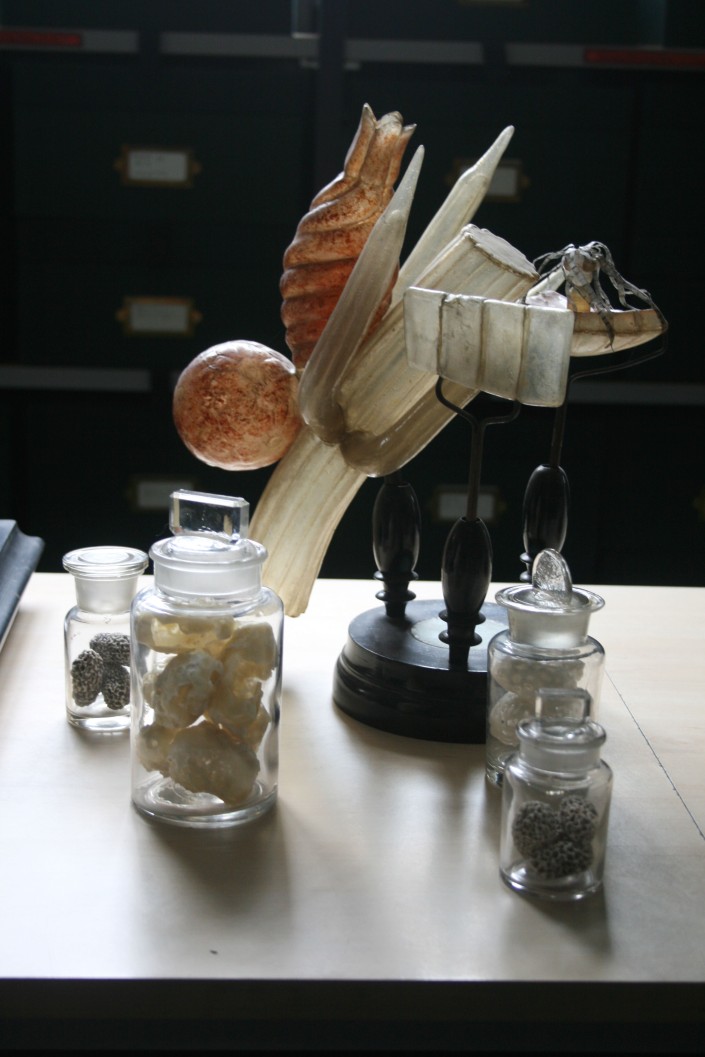Month: June 2013
Lecture 29/06/13: “Talking Trees in Ancient Egyptian Love Poetry” by Cynthia Sheikholeslami
Egypt at the Manchester Museum
 A special lecture as part of our Collecting Trees programme and exhibition:
A special lecture as part of our Collecting Trees programme and exhibition:
“Talking Trees in Ancient Egyptian Love Poetry” by Cynthia Sheikholeslami (American University in Cairo).
Saturday 29th June, 2pm, Kanaris Lecture Theatre.
FREE but booking required.
An ancient Egyptian papyrus, dating to around 1100 BC, contains a series of love songs related to trees and fruits. This lecture will explore the themes and imagery of these Egyptian love songs, and how they were related to the worship of the Egyptian goddess Hathor, a deity associated with fertility – but also with trees.
CYNTHIA MAY SHEIKHOLESLAMI studied Egyptology at the Institute of Fine Arts, New York University, the Oriental Institute, University of Chicago, and UCLA. Her interests are in the history and society of the New Kingdom and the Third Intermediate Period in Egypt. She has published a number of studies dealing with the cult and priests of…
View original post 49 more words
Spring Wild Food Forage
Thought I’d share a lvely post from the new biology curatorial trainee Claire Miles.
This event on Saturday, 25 May was part of the Urban Naturalist series of public events at the Manchester Museum with Jesper Lauder (a medical herbalist) in association with Cracking Good Food.
The weather was great and Jesper kept us engaged and entertained during the afternoon, providing lots of information about the culinary and medicinal uses of plants we found in our walk around near the Museum. Many, but not all, were plants that you would expect to find in this area, and often would be considered troublesome weeds.
Here are my jottings from the afternoon …
St George’s mushrooms
Jesper had come across these on his way to the event. As its name suggests, this mushroom typically appears around St George’s day (23 April), often but not always in meadows and it makes fairy rings which can help in tracking it down. It has a cucumbery smell and is…
View original post 940 more words
All bees have died…
Image Posted on Updated on
Art student Jade Alana Ashton was inspired by the specimens and space here at the herbarium and brought her stunning artwork back in to photograph them amongst the cabinets and museum objects.
Here’s what she says about her work:
Jade Alana Ashton, APOIDEA (2013)
Imagine yourself in a museum of the future where specimens of flora, fauna, botany, are frozen in time…
All bees have died…
No flowers… No pollen… No bees…
Text and phrases, particularly from children’s literature, is often a starting point for my work. However, my concerns for the environment, and its flora and fauna, are also themes I explore further; my work tells its own story, but starts from a line or two from another author’s narrative. This usually results in an installation, containing hand-built porcelain and mixed media pieces. Furthermore I deliver art workshops for schools, art galleries, and museums.
jade.alana@yahoo.co.uk
jadealanaart.wordpress.com
http://degreeshow.mmu.ac.uk/2013/JadeAlanaAshton/



